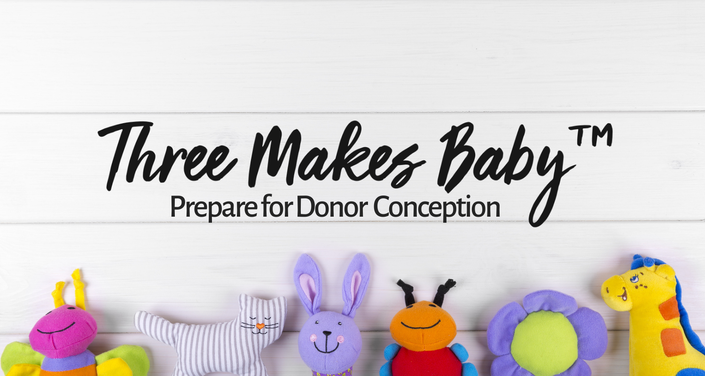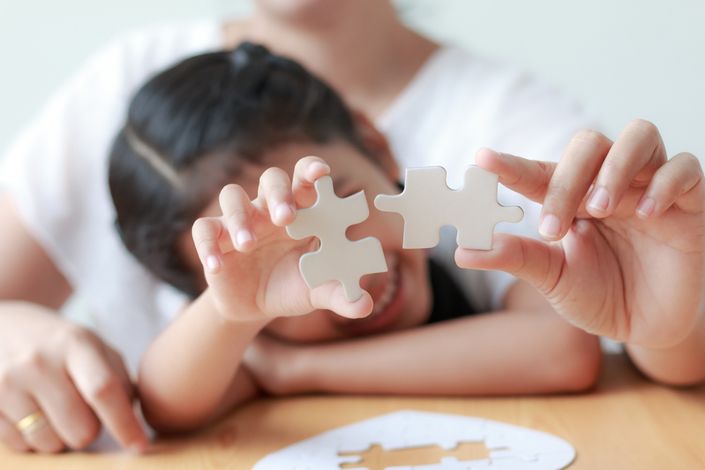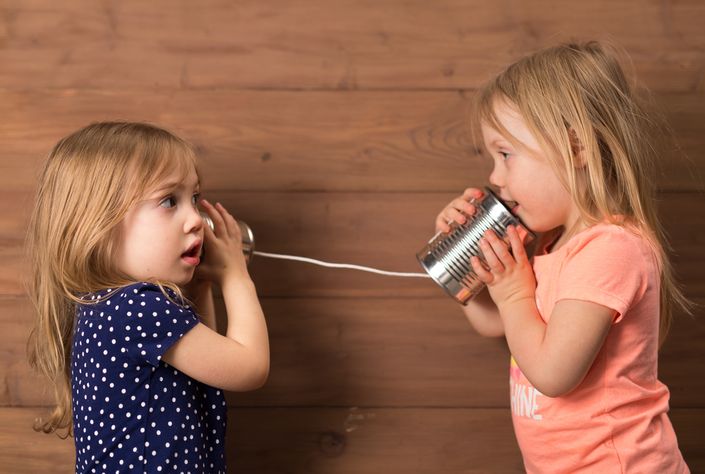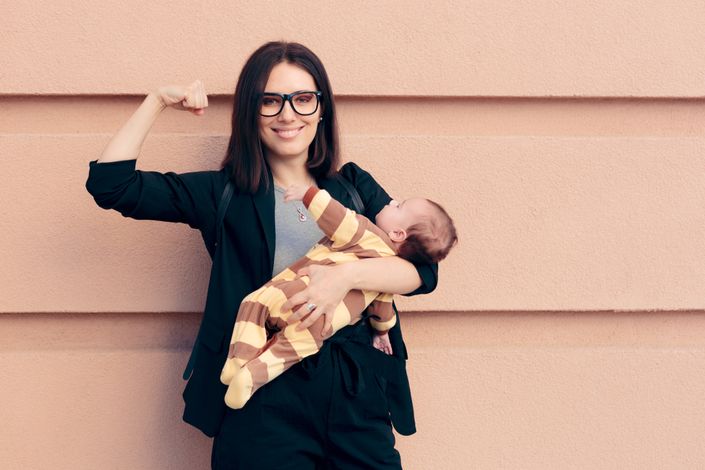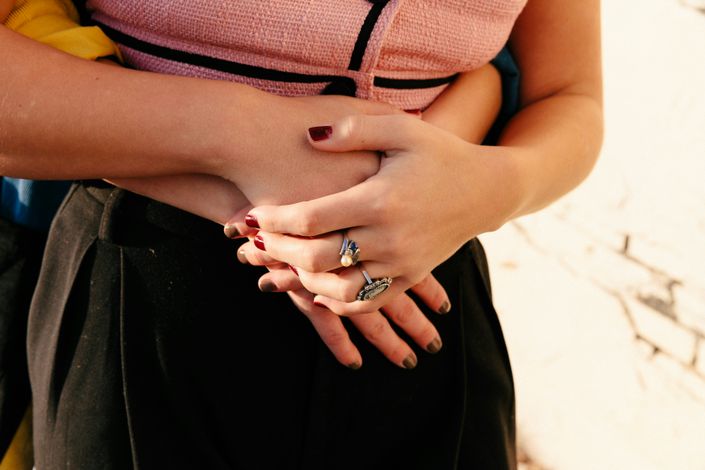
Whether you're preparing to meet a biological relative for the first time or supporting your child in doing so, the emotional terrain can be complex and unfamiliar. This course offers guidance to help you approach the process with clarity, confidence, and care. Drawing from both professional experience and personal insight, I’ll walk you through essential steps to prepare for contact—so you feel equipped for whatever may unfold.
This is a self-paced course designed to meet you where you are, whether contact feels imminent or is still just a possibility. Each module includes guided reflection prompts to help you process your thoughts, clarify your intentions, and prepare emotionally—so you can move forward with greater self-awareness and peace of mind.

This course will help you:
- Emotionally prepare for making contact with a biological relative—whether you're donor-conceived, adopted, or reaching out on behalf of your child.
- Explore what genetic differences mean for identity, belonging, and personal narrative.
- Anticipate and process genetic surprises, from unexpected physical traits to new medical or family information.
- Understand common emotional reactions—including excitement, anxiety, grief, hope, or confusion—and learn how to navigate them with care.
- Craft your first message (letter, email, or direct message) with intention, using thoughtful strategies for respectful and authentic communication.
- Set realistic expectations for initial contact and ongoing communication, while protecting your emotional well-being.
- Recognize the natural emotional stages of contact, including the honeymoon phase, possible disappointment, and how to move toward grounded connection.
-
Identify common pitfalls—like rushing the relationship, unmet hopes, or over-identification—and learn how to approach contact with steadiness and self-awareness.

Meeting Genetic Relatives: My Story:
I met my biological father and half-siblings for the first time in my twenties, and later, in my thirties and forties, I connected with my biological mother and more half-siblings. Looking back, I now understand how my age, life stage, and emotional readiness shaped each of those experiences.
I created this course to help others navigate similar journeys with more clarity, preparation, and support.
Jana M. Rupnow, MA, LPC, NCC, is a licensed professional counselor, adoptee, and author specializing in non-genetic family building after infertility. She’s spent nearly two decades guiding individuals and families through the emotional complexities of adoption, donor conception, and identity.

